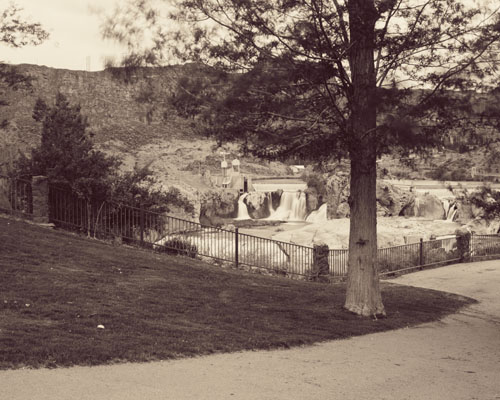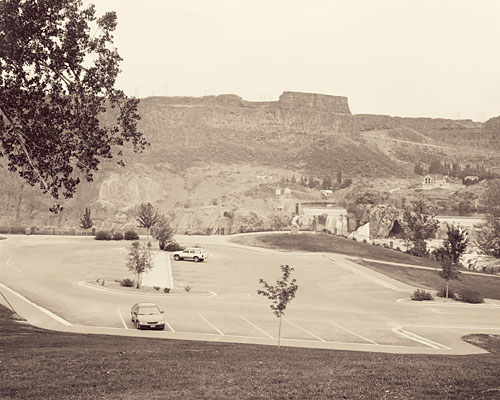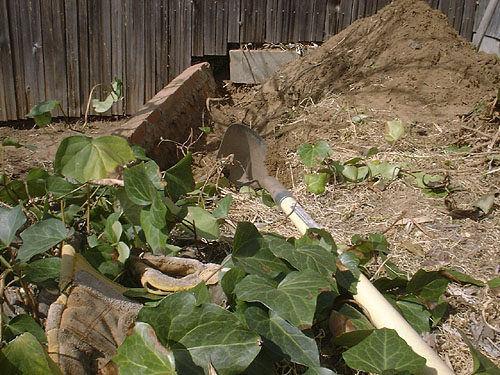I’ve been reading parts of The Afterlife of Gardens, by John Dixon Hunt, a book on gardens that comes at the subject from an interestingly different take. Where most books on gardens discuss the design aspects of gardens, and many books on gardening talk about plants and their needs, this volume tries to be a “reception study,” using a technique prevalent in analyses of literary texts “by exploring how sites are experienced, often through a longue durée of existence, change and reformulation.” It’s definitely an academic work, maybe one better suited to the late autumn months when the garden outside is tucked into its winter bed than this time of year when you want to be out in it, experiencing all the outrageous pleasures it has to offer.
One of the early chapters bears an intriguing title, “The Garden as Virtual Reality,” and it’s a look at some of the ways how gardens achieve their meaning. Here’s a snippet:
…I want to pursue the idea of the physical garden itself as a virtual reality. For one way of thinking about landscape architecture is to emphasize the way in which it affords visitors many of the same opportuniries as do sites on a computer screen: digitally, the visitor may choose his or her route, clicking on the mouse and opting for a variety of different paths, different experiences, different associations and ideas. Visiting a real site entails much of the same process, although now the”mouse” is a person’s deliberate or instinctive selection of routes and meanings withing the one territory… This kind of visitation of a real garden also involves constant interaction of the subject and object, since the exploration of a real landscape is by no means a passive activity; even a small urban square requires us to “get to know it,” with its elements directing our growing acquaintance with its potential as a space to inhabit.
In this way all good landscape architecture also manages to project a sense both of reality and of virtuality. There is the palpable, haptic place, smelling, sounding, catching the eye…; then there is also the sense of an invented or special place, this invention resulting from the creation of richer and fuller experiences than would be possible, at least in such completeness or intensity, if they were not designed. Like cyberspace, a designed landscape is always at bottom a fiction, a contrivance–yet its hold on our imagination will derive, paradoxically, from the actual materiality of its invented sceneries.






